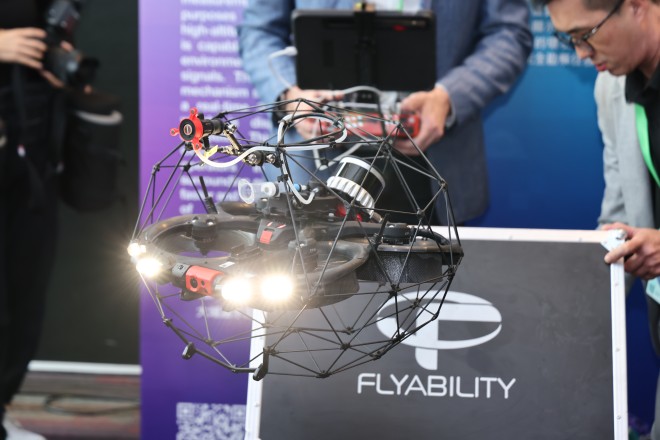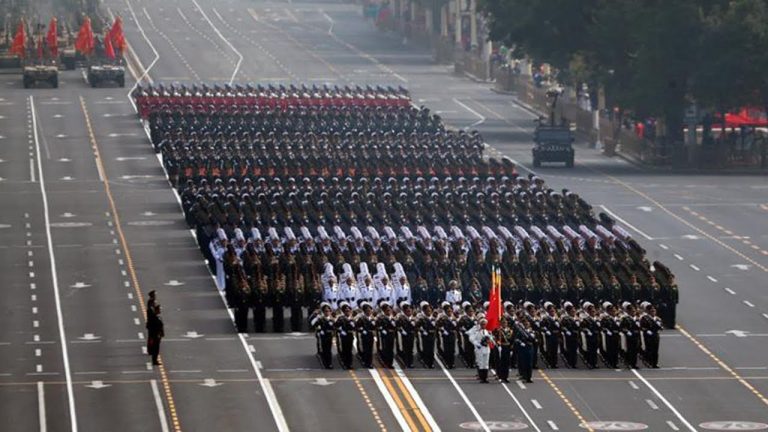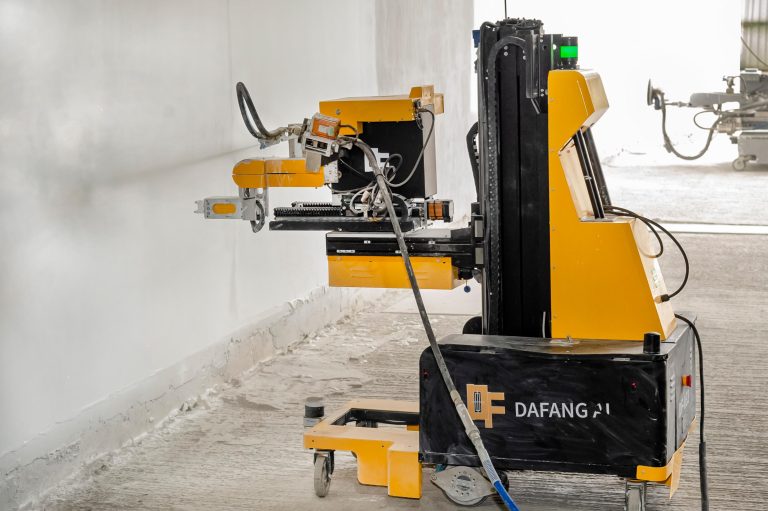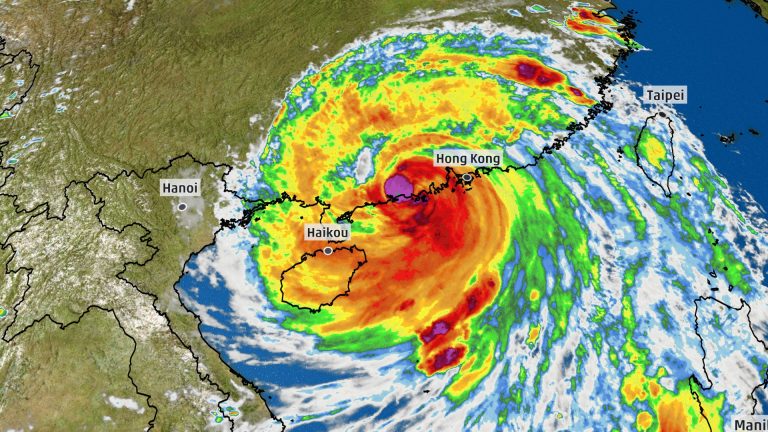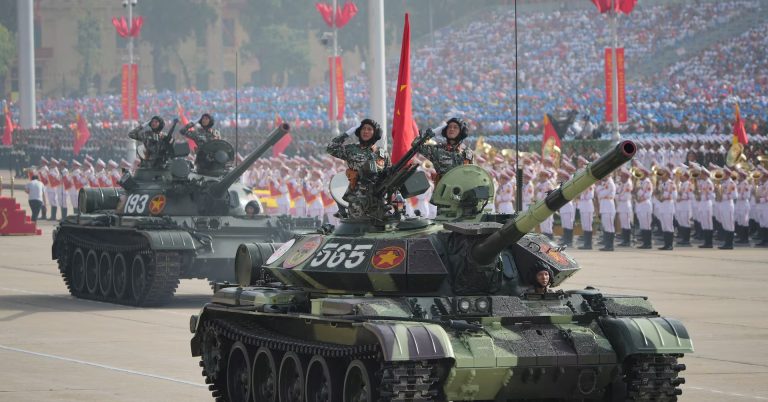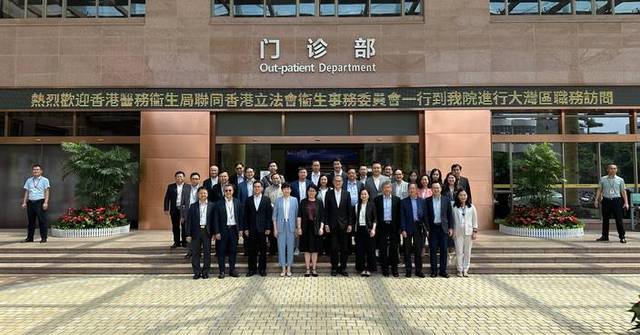Hong Kong Construction: The Rise of Robotic Workers and Industry Transformation
The construction industry in Hong Kong stands on the brink of a technological revolution, with intelligent robots poised to reshape the workforce landscape in the coming years. The Hong Kong Construction Association has signaled a significant shift, indicating that workers who fail to meet performance expectations could be replaced by advanced robotic technologies within two to three years.
This impending transformation isn’t about wholesale human replacement, but rather a strategic integration of technology to enhance productivity and efficiency. Repetitive, labor-intensive tasks like heavy lifting are prime candidates for automation, while roles requiring complex problem-solving, flexibility, and specialized technical skills will continue to rely on human expertise.
The motivation behind this technological leap is multifaceted. The industry is grappling with several critical challenges, including workforce discipline issues, an aging labor pool, and skills shortages in specific areas like welding. Current local workers often struggle with self-discipline, with working hours typically spanning from 8 a.m. to 6 p.m., and performance varying significantly across different trades.
Some trades, such as nailing and iron barring, demonstrate better work discipline, while others like plastering and renovation show more pronounced performance gaps. Recognizing that relying solely on worker self-discipline is insufficient, the Construction Association is advocating for proactive measures. These include improving working environments and collaborating with the government and Construction Industry Council to promote better workplace standards.
The aging workforce presents another significant concern. With an increasingly older workforce and limited young talent entering the industry, technological solutions like robotics offer a dual benefit. Not only can robots help address labor shortages, but they can also make construction work more attractive to younger generations by introducing more engaging, technology-driven work processes.

In the interim, the industry is bridging workforce gaps by importing foreign workers, who are often praised for their diligent work attitudes. However, the Chamber of Commerce emphasizes that local workers remain the priority, with a strong focus on enhancing their productivity and competitiveness.
Cost reduction is another key focus. The Construction Association is pushing for the adoption of national standard building materials, recognizing that high unemployment rates are partially attributed to job mismatches. By standardizing materials and integrating innovative technologies, the industry hopes to create a more sustainable and efficient workforce ecosystem.

This technological transition represents more than just a mechanical upgrade—it’s a fundamental reimagining of how construction work is performed. Workers are being encouraged to adapt to new collaborative models where human skills complement robotic capabilities. The goal is not to replace humans entirely, but to create a more dynamic, efficient, and competitive industry.
As Hong Kong’s construction sector stands at this technological crossroads, the message is clear: adaptation is not just recommended, but essential. Workers who embrace technological integration, develop complementary skills, and maintain high performance standards will be best positioned to thrive in this evolving landscape.
The next two to three years will be crucial in determining how successfully the industry can balance technological innovation with human expertise. For construction workers and industry professionals, the time to prepare and adapt is now.

